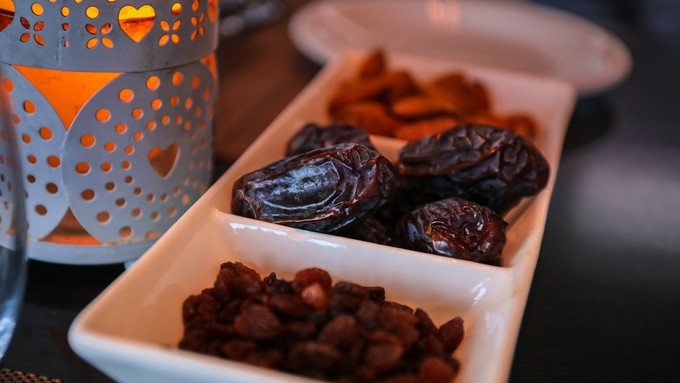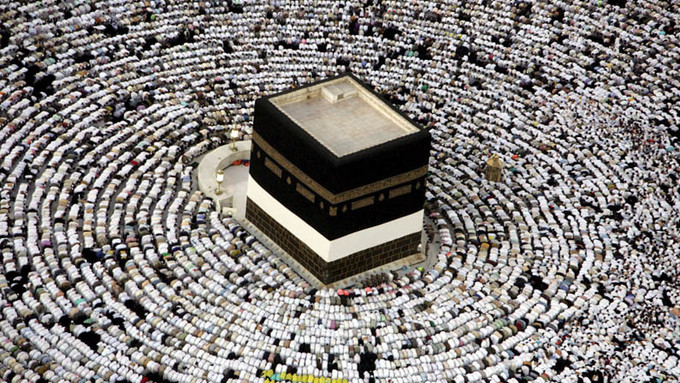Reviving the Names of the Messenger
Reviving the Prophetic Names
What’s in a name? Juliet asked this rhetorical question in Shakespeare’s play Romeo and Juliet, declaring, “That which we call a rose by any other name would smell as sweet.” The implicit argument she was making was that it is not the names of things that matter, but the essence of things that matter.
Fundamentally, she was right, a rose would smell just as sweet regardless of what name we call it. But what if we’ve never seen a rose or we never learned how to smell its sweet fragrance? Would its name matter then? Does a name of a thing point us closer towards understanding that thing?
It is common in nearly all cultures that things which are deemed important are given multiple names. The Arabs a millennium ago were no different, and from that linguistic and cultural context, the Qur’an and the Messenger (peace and blessings be upon him and family) taught us the Divine Names and Attributes of God. These are names that to this day we are readily familiar with: Ar-Rahman, Ar-Raheem, and countless others.
Yet while we preserve the Divine Names, we often neglect the names and attributes given to describe the Messenger ﷺ himself. Previous generations used these names to describe, understand and emulate the Messengerﷺ. Some of them are found in the Qur’an, others in Prophetic narrations, while others are found in the works of scholars. It is therefore a reflection of our modern disconnect with the Muhammadan reality that today we have largely forgotten these names.
Connecting with the Messenger ﷺ requires us to get to know him, and this is where his many names can help us. That he has so many names in itself is an indicator of his rank and importance. Each highlights different facets of his character that teach us about him. Even if we never saw him, pondering over these descriptive names can bring us closer towards experiencing the spiritual fragrance he ﷺ has left behind.
Visiting the Praised One

When the visitor to the Prophet’s Mosque enters through the Gate of Peace, they are greeted by Ottoman calligraphy along its front wall (picture on right). Most of the Qur’anic calligraphy extends high up the wall, appropriate for its heavenly, awe-inspiring nature. The lowest inscription, though still well above eye level, however, is a row of gold calligraphic script in red, which begins with the statement, “These are the names of the Prophet, peace and blessings be upon him.” Its vertical position is befitting. It is high enough that one must look up to read it, but not so high to cause fatigue in doing so, just as the Prophet ﷺ, as exalted and lofty in rank as he is, remains accessible, comforting, and close to the one who seeks to learn from him. The true follower of the Prophet ﷺ will never tire from learning from him or from remembering him abundantly.

The first two boxes (on the right in the bottom picture) contain four names, all derived from the root of hamd (praise): Muhammad, Ahmad, Mahmud and Haamid. In between the two boxes is a circle containing the words, “ﷺ, or peace and blessings be upon him”, a recurring pattern throughout the row of Prophetic names that span the entire length of the wall of the masjid.
The name Muhammad describes him (peace and blessings be upon him) as someone who is praised and has praiseworthy traits. It speaks to both the internal beauty of his character and to the external beauty and honor bestowed on him. The word obscures the identity of praiser; this ambiguity points to the extent of the praise bestowed on Muhammad. Not just one person praises Muhammad; everything praises him, in both the worldly and celestial realm.
Ahmad has a different nuance, with one interpretation that it means the best of those who give praise to God, and the best of those who are praised. He carries the Banner of Praise on the Day of Judgement, and is the most deserving of praise, elevated to the most praiseworthy station with God.
Mahmud also means the praised, with some commentators indicating that it may be a form of Muhammad found in earlier scriptures. Haamid, meanwhile, connotes an emphasis on Muhammad as the one who praises God in the best way. His major intercession on the Day of Judgment, when he will be inspired by God to glorify Him in ways no other creature had done before, is illustrative of this name.
The subtle shades of meanings in the names of the Prophet ﷺ, starting with these variations derived from hamd, should tell us there is more to the Prophet ﷺ then can ever be encompassed in just one word. Everything about him, every beautiful aspect of his character, was ornamented with even more beauty. He was not simply “praised”, but he was and is the praised, emphatically, above all creation. He was the best of all those given praise and he was the best who praised God. In these names alone, it is an indication that we cannot fully enumerate his praiseworthy qualities. We can only give emphatic and continuous praise of him ﷺ.
For the Prophet ﷺ, we glimpse his essence in his name, the totality of which we can never fully grasp. As Al-Qastallani said, “The name Muhammad matches its meaning exactly and Allah thus named him Himself, before he was thus named. It constitutes one of the signposts of his Prophethood, for his name confirms his truth.”1
What’s in a name? For the Prophet ﷺ, more than we can ever know.
1. Al-Qastallani, al-Mawahib al-Laduniyya (al-Zarqani's Sharh 3:174), as cited by Haddad, 2005).
Faith & Spirituality Related Articles

5 Practical Steps To Get You Ready for Ramadan
As Ramadan is less than a month away, we might feel we often haven't done enough to prepare for it. Here are 5 things we can do right now during Shaban to make sure that we get the most out of Ramadan. The Prophet (Peace & Blessings upon Him & His Family) supplicated,” O Allah give us the blessings of Shaban and give us the treasure of Ramadan.”

Hajj at Home: Kindling the Spirit of Arafah
Even if we are not on Hajj this year, our situation is no different. We navigate through the complexities of our daily life, immersed in the never-ending responsibilities of work and family, inundated with the intrusions of technology and social media into every minute of our lives, moving from place to place and idea to idea.
